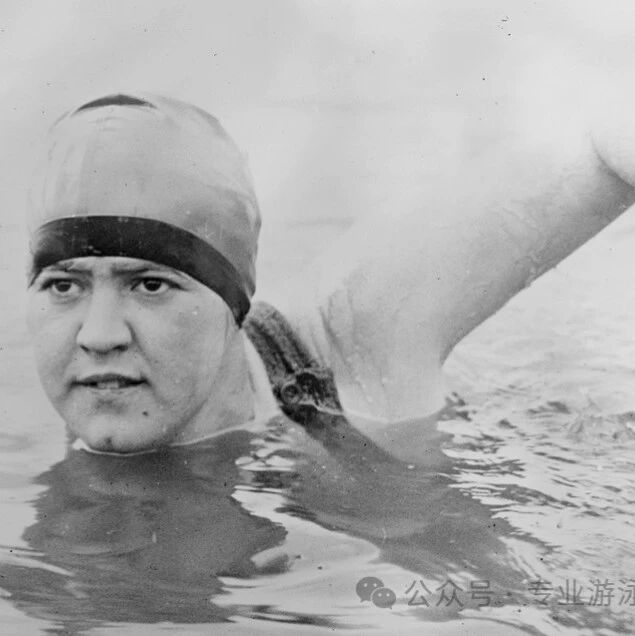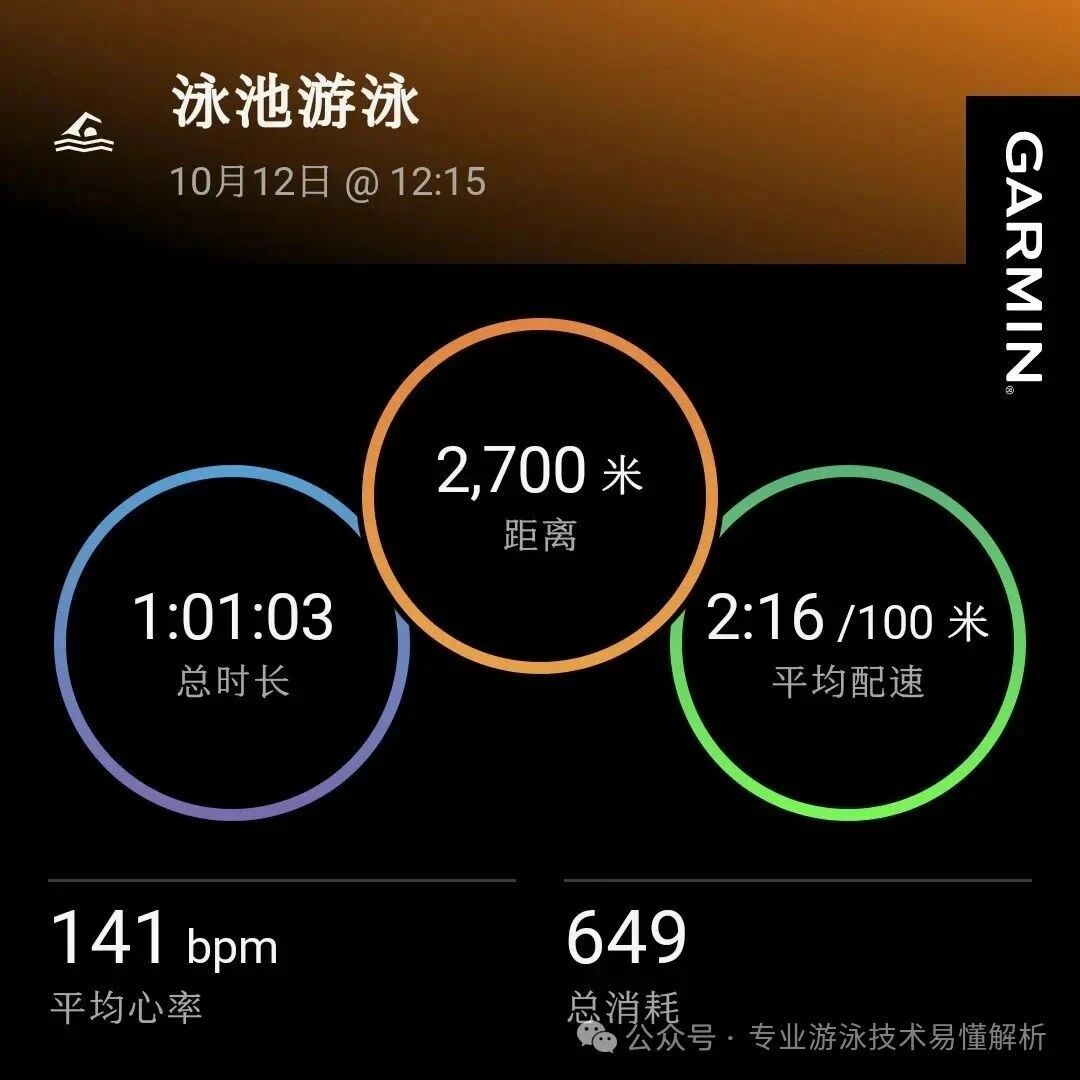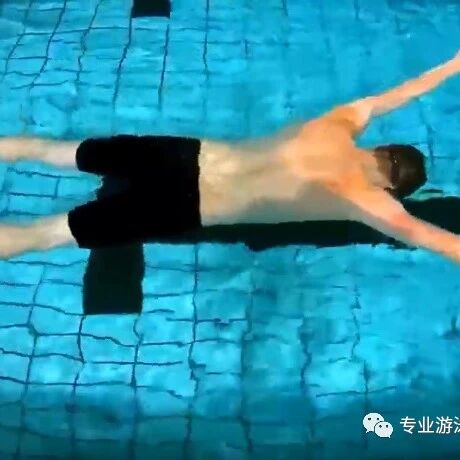Common mistakes in freestyle swimming and why the water-rolling technique isn’t effective
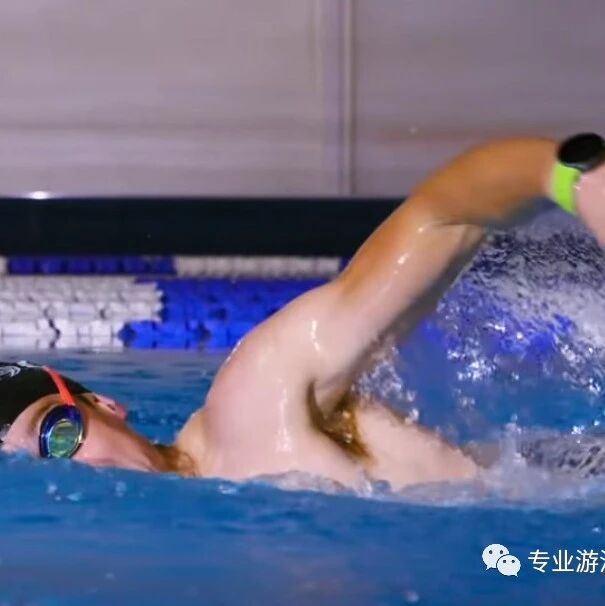
Common mistakes in freestyle swimming
Reasons for poor water flow
Learning freestyle requires understanding the sport's basic principles: maintaining a straight body minimizes resistance, balancing the upper and lower body is essential technique, the primary source of propulsion comes from the arm strokes, and the more you lift your head to breathe, the easier it becomes to swallow water.
Adults and children have vastly different levels of body flexibility. Adults learning freestyle need to focus more on practicing balance and swimming with a single-sided stroke, while children learning freestyle should concentrate on maintaining a straight body position and perfecting their kick technique.
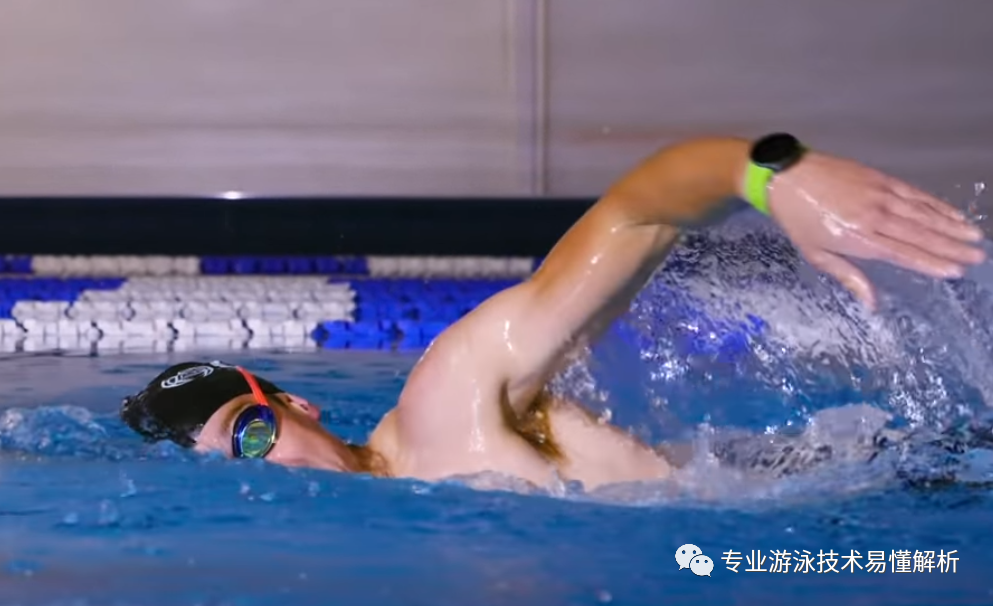
Three Typical Mistakes
Without a coach to guide you in the water—or if you yourself lack a solid understanding of the basics of freestyle—it’s easy to develop incorrect techniques or end up taking unnecessary detours in your practice.
For example: Instead of adults tirelessly practicing the flutter kick in freestyle, they’d be better off focusing on perfecting the Superman glide and swimming efficiently on one side.
Typical mistake #1: Pushing the water before fully immersing the arm in the water.
If freestyle swimming is like rowing a boat, then keeping your body straight is akin to the hull maintaining a perfectly upright position, pulling the water forward resembles the paddle blade facing the water squarely, pushing through the water mirrors the actual act of rowing, and lifting your arm back out of the water is like pulling the oar out entirely before plunging it back in.
Imagine this: If the side of the paddle faces the water while paddling, it’s naturally easier—because the paddle isn’t directly confronting the water at all. Similarly, in freestyle swimming, when you glide without grabbing the water, pushing through the water feels surprisingly effortless, giving swimmers the reassuring sense that their technique is actually quite good.
Typical mistake #2: Applying too much force when pushing the water.
The same principle applies: if you paddle with excessive force, constantly focusing on pushing hard, the boat will indeed move faster—but your energy will deplete just as quickly. That’s why effective paddling involves gently yet powerfully pulling the paddle backward, keeping the blade squarely against the water at all times.
Now, back to the freestyle pull-through: As you push the water, make sure to scoop it up gently within the bend of your arm, then propel it forward—slowly yet powerfully—both in the front and backstroke phases. Don’t focus too much on the immediate water displacement of each individual stroke; instead, pay attention to the rhythmic flow created by your repeated, coordinated movements.
Typical mistake #3: Asynchronous head and body turns
Freestyle swimming requires turning your head to breathe, but this turn must come after you’ve already turned your body—otherwise, it’s all too easy to strain your neck and even damage your cervical spine. After all, "a glance over the shoulder" implies a deliberate and; without that proper movement, what looks like a "glance" would simply become a glaring upward stare instead.
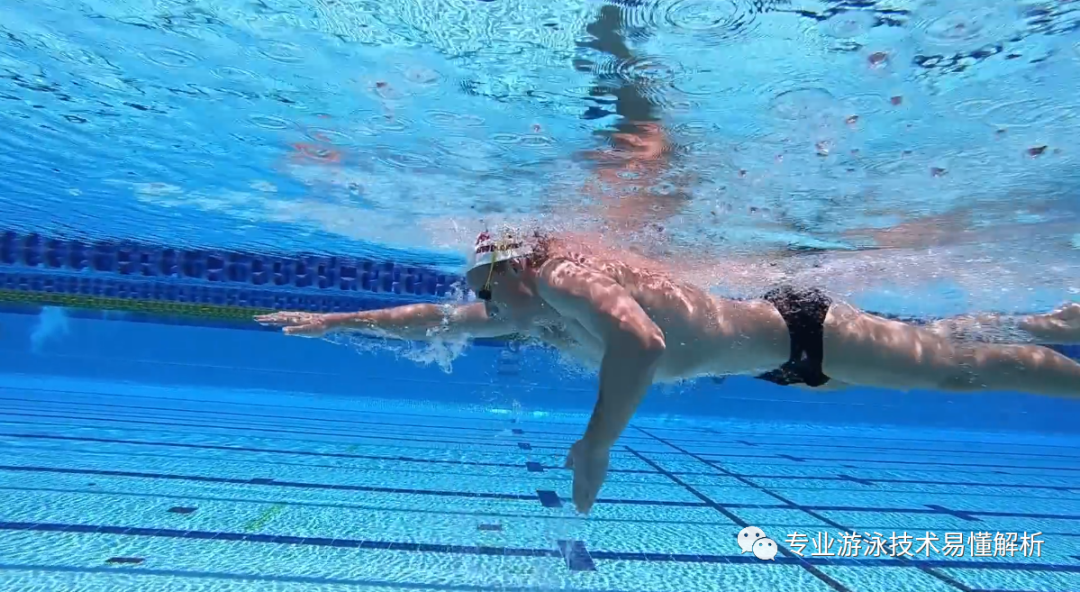
When performing the head turn for breathing in freestyle, smoothly execute the movement as your body naturally shifts to the side. Turn your head during the body rotation—just make sure to exhale completely underwater, then gently part your lips slightly as your mouth breaks the surface to take a breath. For beginners, it’s helpful to glance upward at the ceiling behind you while turning your head, but avoid lifting your gaze too high. Once the head turn is complete, shift your eyes to follow the arm that’s pulling through the water as it moves into the recovery phase. Finally, focus your gaze horizontally—to either your left or right side, depending on which direction you’re swimming.
Some swimmers turn their heads to breathe even faster than they execute the actual turn, hastily grabbing air in a way that disrupts the smooth rhythm of their freestyle arm strokes.
Turning the head to exhale is synchronized with the body's lateral rotation—after breathing, immediately return the head to the water without waiting for the body to fully submerge.
Mastering freestyle requires practicing unilateral swimming.
Why is unilateral swimming practice highly effective for improving freestyle technique? Because, during most of the freestyle stroke, your body naturally adopts a side-lying position.
The principle behind sideways drift balance
Many swimmers who glide effortlessly on their fronts often find that their legs don’t sink significantly when they’re lying flat. However, as soon as they roll onto their sides, their legs tend to drop more easily. This happens for two main reasons: First, lying on one’s side naturally causes the body to slump forward, disrupting the straight, streamlined posture. Second, when lying on the side, the body’s natural buoyancy decreases, making it easier for the weight of the legs to pull them downward.
To maintain balance during a side drift, there are two key points: First, gently but firmly engage your core to prevent your lower back from collapsing; second, use your legs to kick the water, enhancing stability and support in your lower body.
Key points for unilateral swimming
First, unilateral swimming practice enhances lateral body balance and refines techniques for engaging the core muscles. Second, it allows swimmers to experience the sensation of gliding sideways through the water while pushing off, helping them better understand how the force, speed, and trajectory of the push-off motion influence their overall swimming efficiency.
One WeChat official account shares swimming tips, while another focuses on software insights, online resources, and reading experiences.
Thank you for your supportive and encouraging likes, as well as the comments that spark meaningful conversations—and even more, we’d love to see those shares and retweets!


